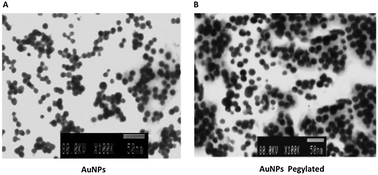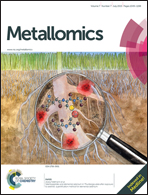Inclusion bodies and pH lowering: as an effect of gold nanoparticles in Streptococcus pneumoniae
Abstract
Streptococcus pneumoniae is a human pathogen whose principal virulence factor is its capsule. This structure allows the bacterium to evade the human immune system. Treatment of infections caused by this bacterium is based on antibiotics; however, the emergence of antibiotic-resistant strains makes this task increasingly difficult. Therefore, it is necessary to investigate new therapies, such as those based on gold nanoparticles, for which unfortunately the mechanisms involved have not yet been investigated. As far as we know, this study is the first that attempts to explain how gold nanoparticles destroy the bacterium Streptococcus pneumoniae. We found that the mean particle size was an important issue, and that the effect on the bacterium was dose-dependent. Cellular growth was inhibited by the presence of the nanoparticles, as was cell viability. The pH of the bacterial growth media was acidified, but interestingly the reactive species were not affected. A transmission electron microscopy analysis revealed the presence of inclusion bodies of gold nanoparticles within the bacterium. We present the first findings that attempt to explain how gold nanoparticles lyse Gram-positive bacteria.


 Please wait while we load your content...
Please wait while we load your content...